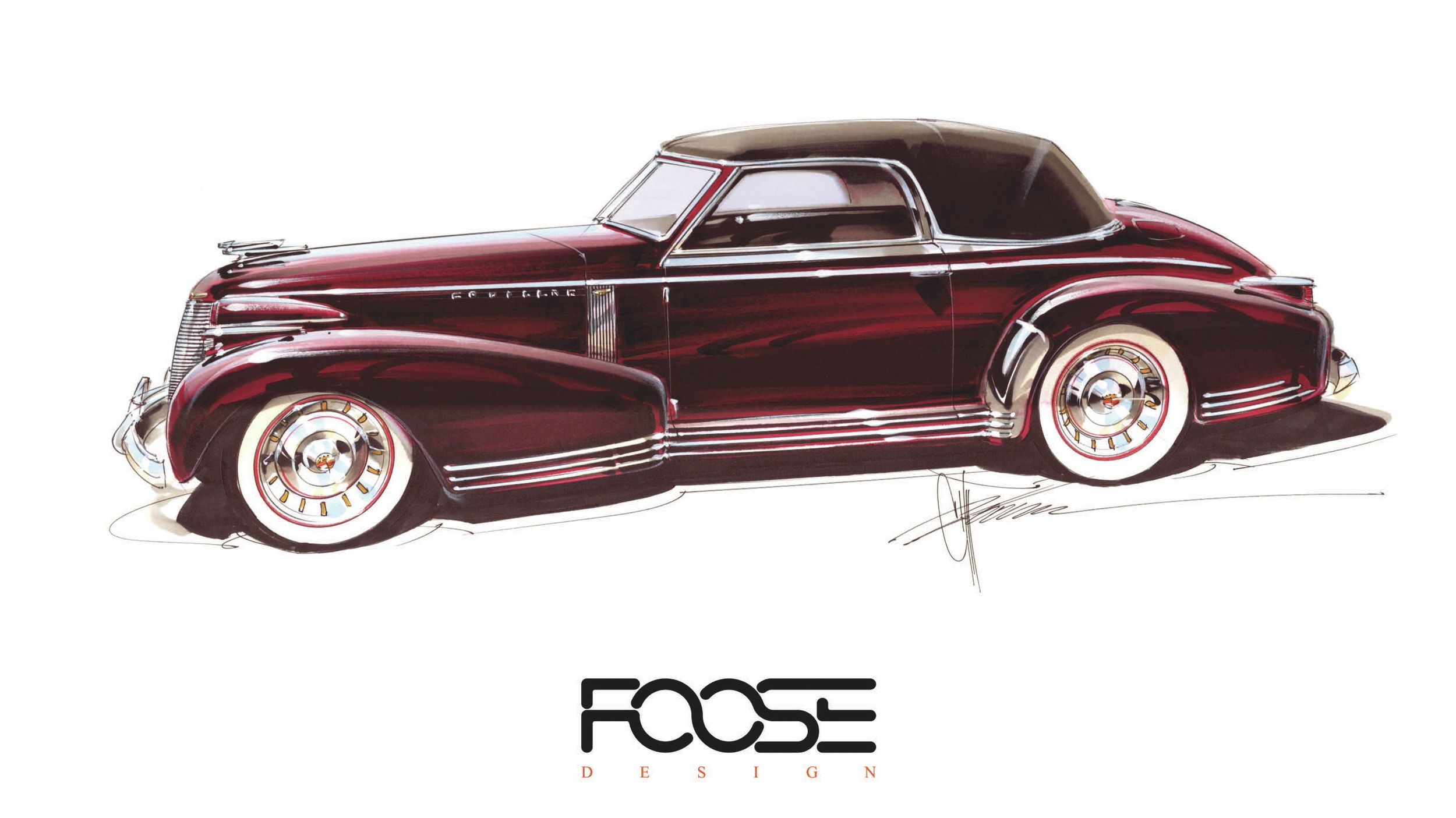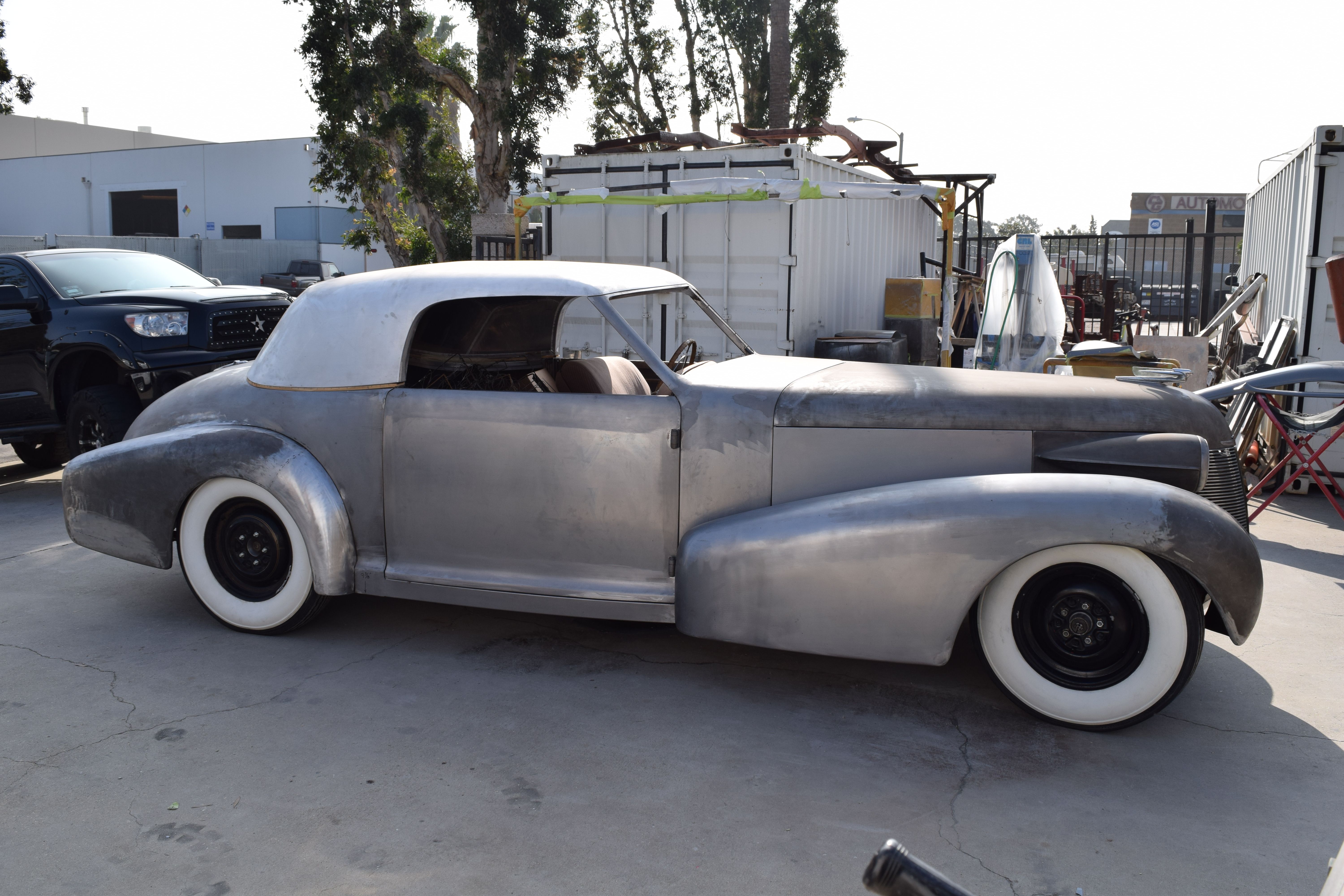I don't know about you, but I haven't heard much of Chip Foose lately. Maybe I've been watching the wrong TV shows and didn't pay too much attention to his work, but it's only now that the California-based designer has caught my attention with a new project. And boy what a project it is! Instead of doing one of his usual customs based on an existing car, Foose is building a vehicle based on a sketch from the 1930s.
Specifically, Foose wants to build a full-size model of the two-door Cadillac that GM designer Art Ross penned for the 1939 model year. Based on the 1935 60 Special Sedan, it was called the "Madame X" and was supposed to be created for a special client. But Cadillac shelved the project and the sleek, coupe version of the 60 Special Sedan never made it on the streets. Nearly 80 years have passed since Ross penned the "Madame X," and the design is finally getting the attention it deserves.
According to Hot Rod, Foose and his team of craftsmen are building the "Maxam X" for GM dealership owner Wes Rydell and his wife, Vivian. This isn't the first car Foose is building for Rydell, having already crafted bespoke versions of the 1954 Chevrolet Bel Air and 1935 Chevrolet Phaeton for the dealership tycoon.
“The Madam X Cadillac is turning out to be one of the most stylish cars I’ve ever built,” said Foose. “It’s a great combination of modern technology and old-school coachbuilding tradition. I can’t wait to reveal it.”
According to Foose, the "Madam X" Caddy will be revealed later this summer, meaning we should see it in the metal before September kicks in.
Continue reading for the full story.
Why it matters
Although the car is still waiting for a paint job and numerous features inside and out, a quick glance at the unpainted coupe is enough to realize that the end result will be gorgeous to say the least. If the digital rendering is any indication, Foose will also stick to Art Ross' original design, meaning it will be a pure classic and not a restomod. The "Madame X" comes from a great era for automotive designs, when carmakers were barely starting to integrate wheel fenders into the body work, while using a lot of Art Deco cues and plenty of chrome. Seeing this thing come to life nearly 80 years later with modern technology under the skin is a great treat for motorheads.


